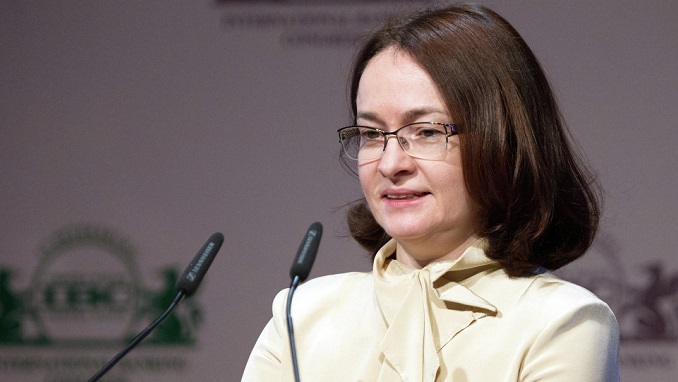The governor of the Bank of Russia (CBR) Elvira Nabiullina warned the government against spending money from the National Welfare Fund (NWF), Vedomosti reported.
According to recent unconfirmed reports, Russian authorities are considering using the NWF for infrastructure projects to support the downstream refining sector, or to finance the capex of energy majors such as Gazprom. About 40% of the NWF is already invested in various projects and deposited in banks.
Nabiullina urged policy-makers to preserve the sovereign cushion at above 7% of GDP to hedge against possible external shocks in the future.
Currently, Russia’s “budget rule” stipulates that extra oil and gas revenues above the $40 per barrel cut-off price must be channeled to the NWF rainy day fund. But the government can invest revenues sent to the fund once the total in the fund tops 7% of GDP.
The NWF currently holds $59 billion, or 3.6% of Russia’s GDP. The Ministry of Finance predicts that the fund will reach the 7% threshold before the end of 2019.
“Currently the government suggests de-facto changing the budget rule. This can directly or indirectly change the [cut off] price, which can lead to real appreciation of ruble and lower competitiveness of Russian goods,” Nabiullina was cited as saying.
“The stabilizing mechanism of the budget rule can be weakened, which would once again expose the economy to external fluctuations,” she argued.
In the latest country report on Russia, the International Monetary Fund reminded that tight fiscal framework was one of the main factors behind Russia withstanding sanction pressure, and also warned against unsealing the NWF.
“The 7% of GDP threshold has been set a while ago, and it is worth reassessing whether such volume of liquid assets is sufficient to resist a sudden and prolonged negative turn in external conditions,” Nabiullina said, who has won the reputation of being the most orthodox and conservative central banker in the world.












